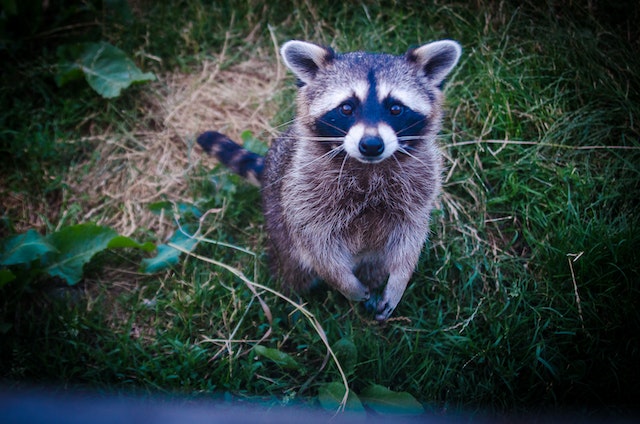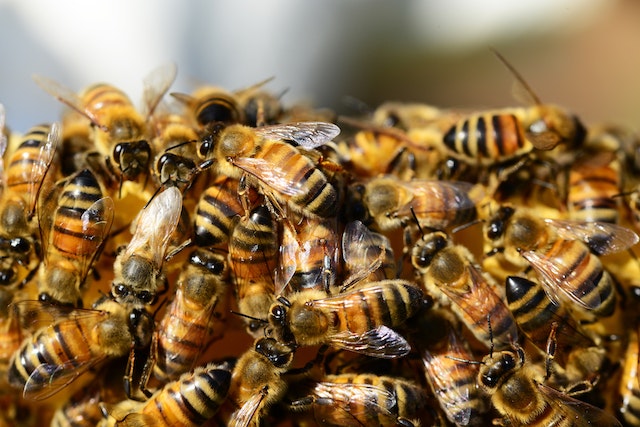Introduction:
In the realm of extraordinary wildlife, nature occasionally presents us with remarkable surprises that challenge our preconceived notions. One such astonishing creature is a bear that bears an uncanny resemblance to a raccoon. This article delves into the unique appearance and ferocious hunger of this extraordinary bear, offering a captivating glimpse into the intriguing world of animal adaptations.
1. The Raccoon-Like Bear:
The raccoon-like bear is a rare and captivating specimen that possesses physical characteristics reminiscent of both bears and raccoons. While it is a bear at its core, its appearance features distinct raccoon-like markings, creating a visually striking hybrid.
2. Unusual Physical Features:
This exceptional bear exhibits a combination of features inherited from both bears and raccoons. Its fur may showcase the typical shaggy coat of a bear, but its face is adorned with the distinctive facial mask and ringed tail reminiscent of raccoons. This unusual blend of traits makes it a truly unique and mesmerizing sight in the wild.
3. Ferocious Hunger:
Despite its raccoon-like appearance, the bear maintains the formidable appetite and hunting prowess of its bear lineage. It possesses a ferocious hunger and consumes a varied diet consisting of fruits, nuts, insects, fish, and small mammals. This voracious appetite drives it to forage relentlessly, using its bear-like strength to access and devour food sources.
4. Ecological Significance:
The unusual appearance and ferocious hunger of the raccoon-like bear carry ecological significance. By consuming a diverse range of prey and foraging for various food sources, it plays a crucial role in maintaining balanced ecosystems. Its hunting prowess and ability to adapt to different environments contribute to the natural dynamics of the habitats it inhabits.
5. Adaptability and Survival:
The raccoon-like bear’s unique appearance and voracious hunger highlight its remarkable adaptability. Its raccoon-like markings may provide some advantages in camouflage or communication, while its bear-like size and strength equip it for survival in diverse habitats. This adaptability enables the bear to thrive in environments where both bears and raccoons reside.
6. Conservation Considerations:
Conserving the raccoon-like bear and its habitats is vital for preserving this extraordinary creature and the delicate ecosystems it occupies. Protecting the natural landscapes and maintaining the ecological balance ensures the long-term survival of not only this hybrid but also the bear and raccoon populations from which it originates. Responsible wildlife management practices and public education about coexisting with these unique creatures are essential for their continued well-being.
Conclusion:
The raccoon-like bear, with its unusual appearance and ferocious hunger, offers a glimpse into the captivating world of nature’s adaptations. While resembling a raccoon, it retains the powerful characteristics and dietary habits of its bear lineage. As we marvel at this extraordinary creature, it serves as a reminder of the wondrous diversity found in the animal kingdom and the interconnectedness of species within ecosystems. By appreciating and protecting these exceptional animals and their habitats, we contribute to the preservation of the natural world and ensure that future generations can also witness nature’s fascinating creations.











